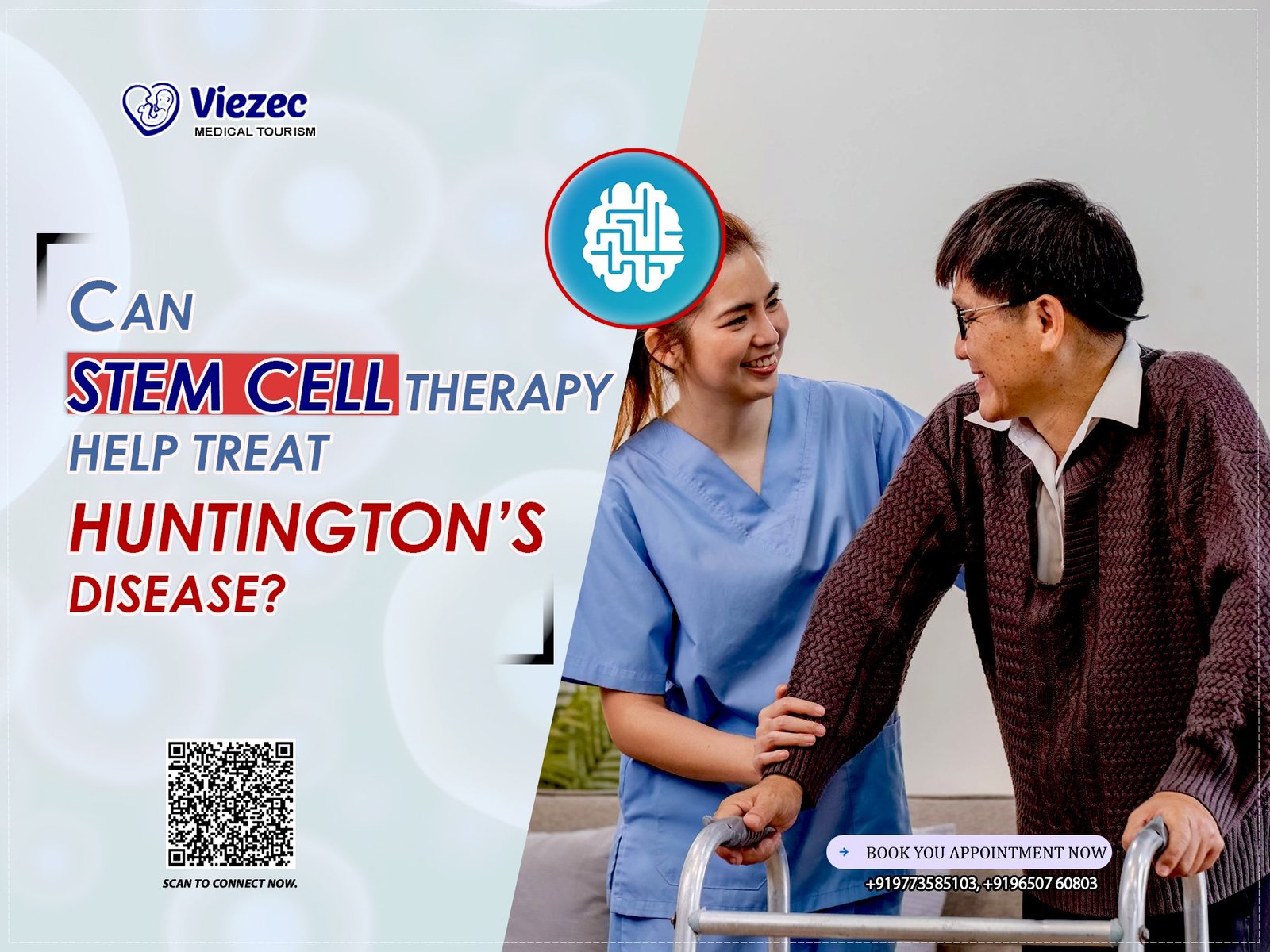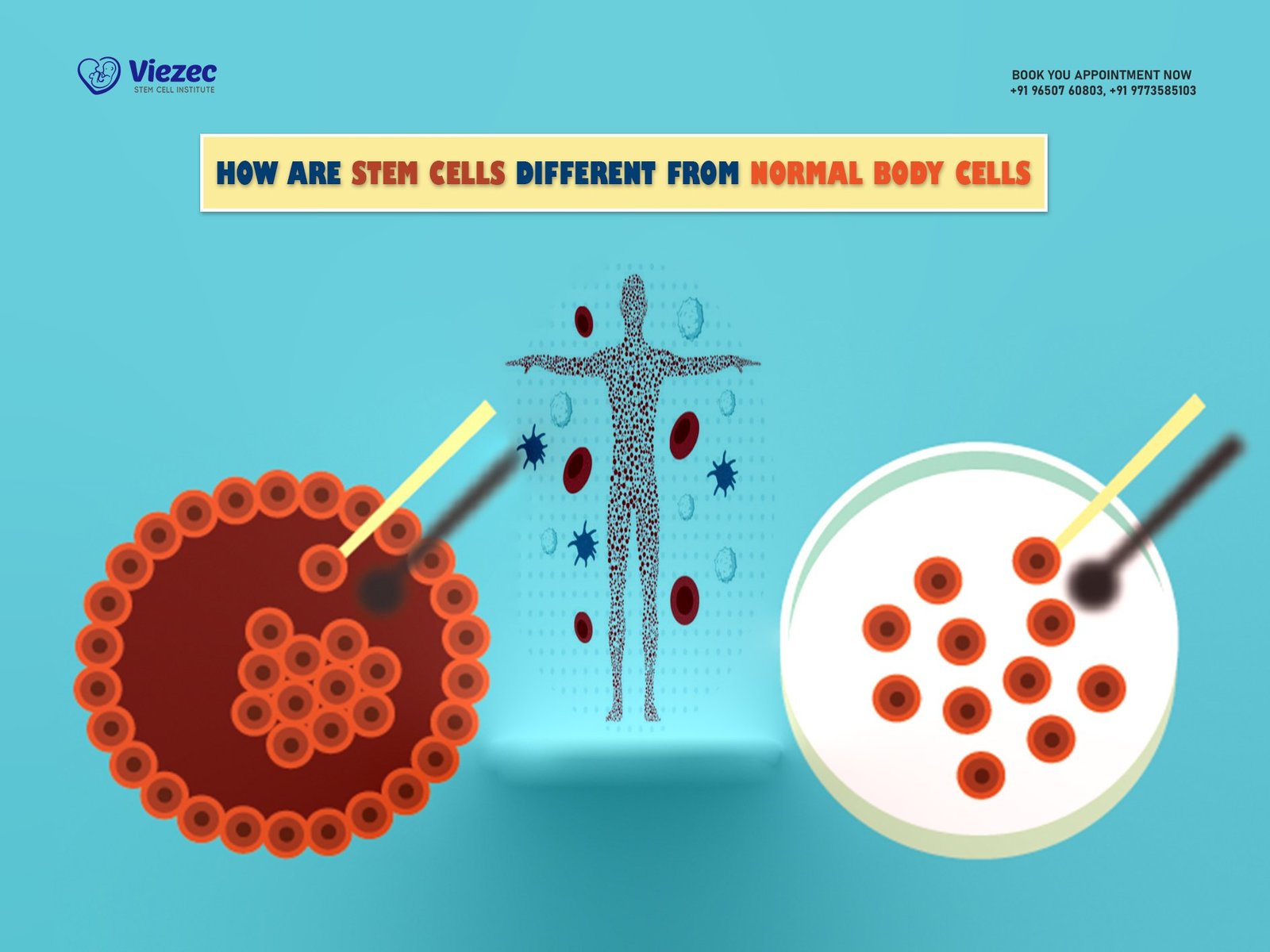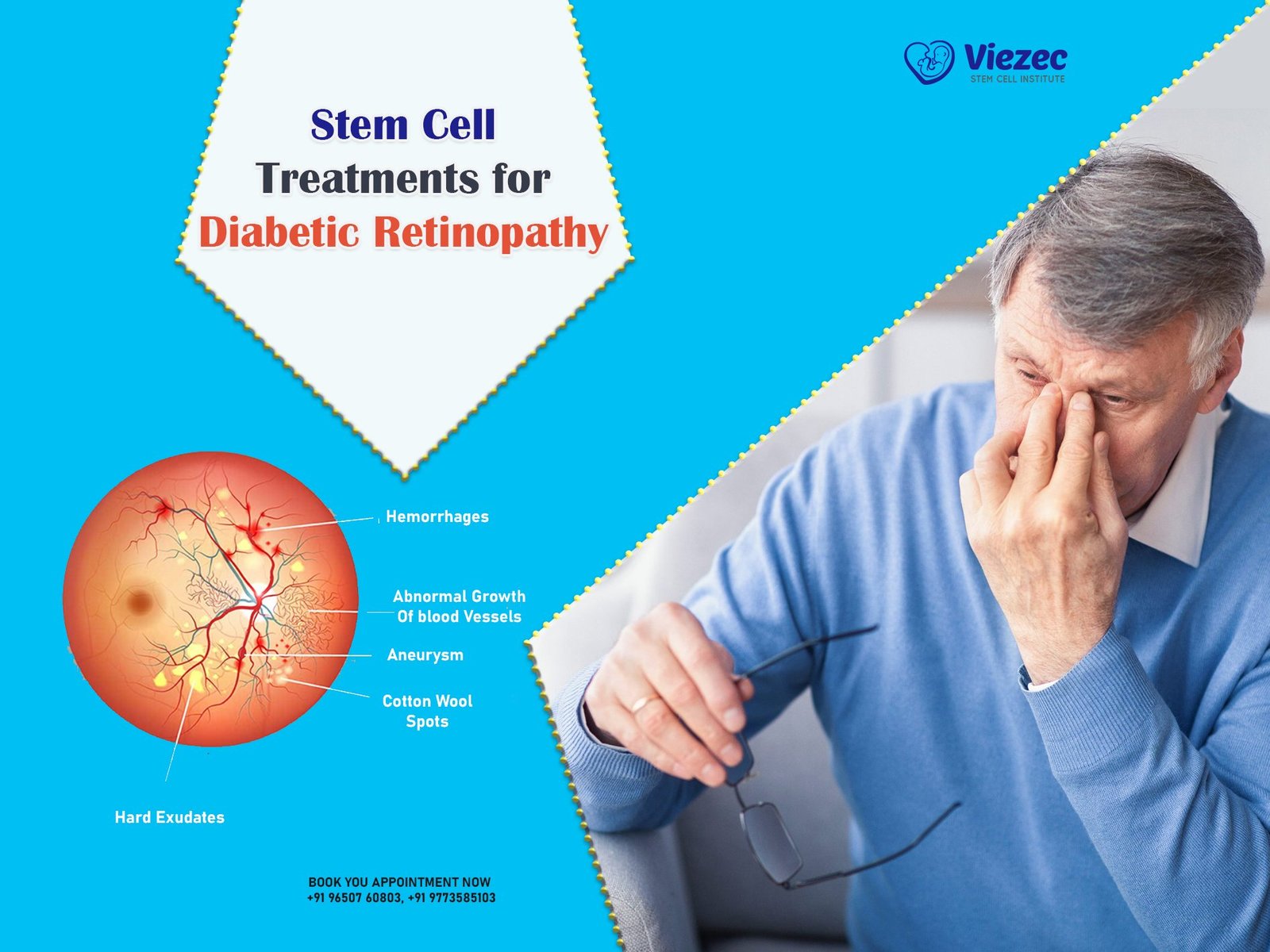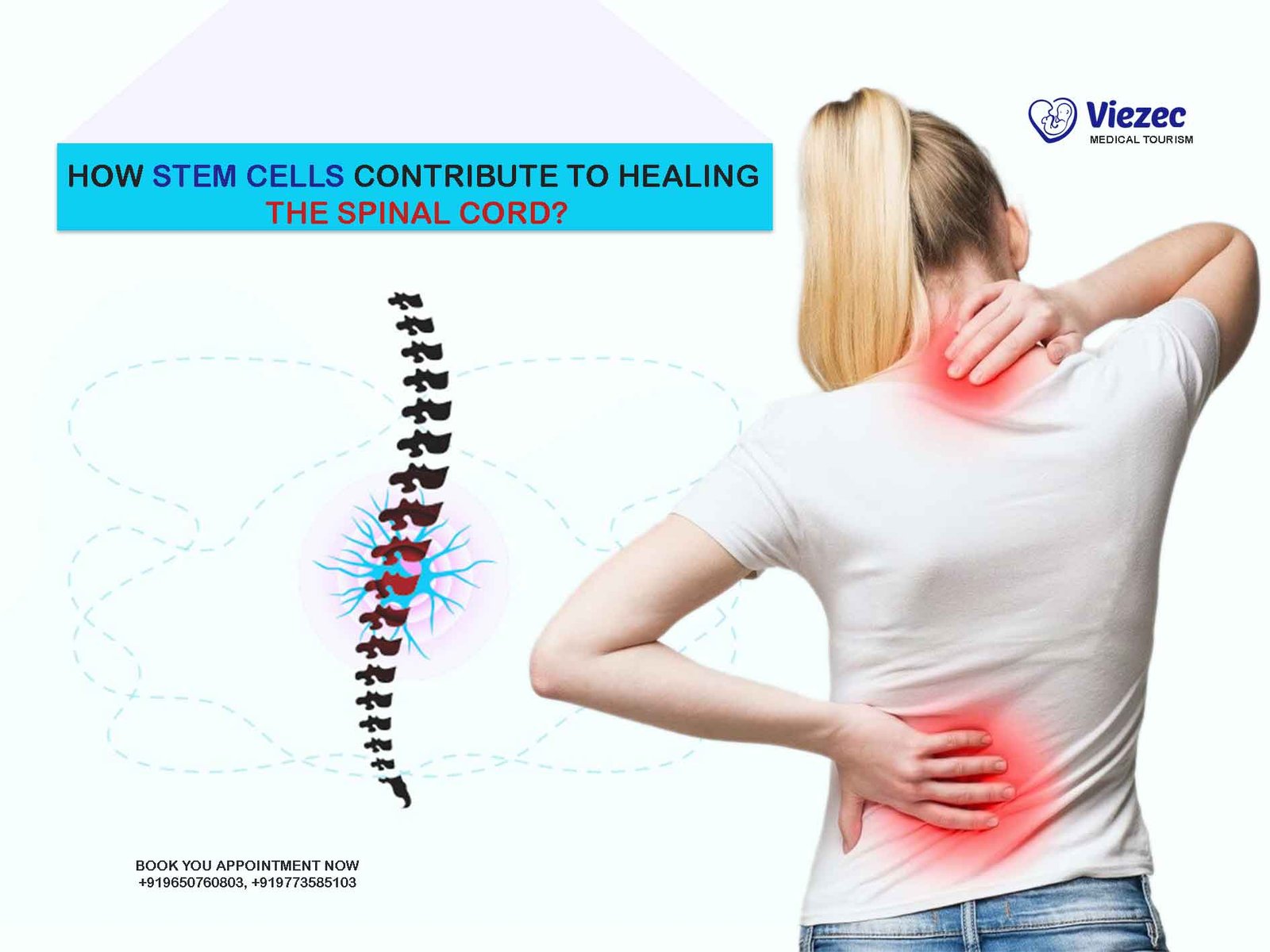Huntington’s Disease (HD) is a rare, inherited brain disorder that gradually breaks down nerve cells in the brain. It doesn’t just affect one aspect of a person’s life—it hits movement, thinking, and mental health all at once. Most people start showing symptoms between ages 30 and 50, though early-onset forms can appear in childhood or adolescence. As the disease progresses, it becomes more debilitating, eventually requiring full-time care.
Despite being caused by a single gene mutation, Huntington’s has widespread effects on brain function. It’s a condition that not only impacts the individual but deeply affects families and caregivers as well.
How It Affects the Brain
At the heart of Huntington’s is the gradual death of neurons, especially in parts of the brain like the basal ganglia (which control movement) and the cerebral cortex (which handles thought and behavior). This loss of brain cells causes a ripple effect that impacts the entire nervous system.
Motor Symptoms
-
Uncontrollable jerking or writhing (called chorea)
-
Muscle stiffness or abnormal postures (dystonia)
-
Trouble with walking, balance, and coordination
These symptoms can worsen over time, making even simple tasks like holding a spoon or standing still a challenge.
Cognitive and Emotional Changes
-
Difficulty focusing, remembering, or making decisions
-
Slowed thought processes
-
Increased anxiety, depression, and mood swings
These changes can be as distressing as the physical symptoms and often appear early in the disease’s course, affecting daily life and relationships.
Causes and Risk Factors
The Role of the HTT Gene Mutation
At the core of Huntington’s Disease is a specific genetic glitch in the HTT gene on chromosome 4. This gene is responsible for making a protein called huntingtin, which plays a key role in brain cell health. In people with HD, the gene contains an error—an excessive repeat of a DNA sequence known as CAG.
Normally, this sequence repeats 10–35 times. In HD, it’s repeated more than 36 times, sometimes even exceeding 100. The longer the repeat, the earlier and more severe the disease tends to be. This faulty gene produces an abnormal huntingtin protein that accumulates in brain cells, eventually leading to their dysfunction and death.
This isn’t just a small mutation—it’s like a slow-burning fuse built into a person’s DNA, ticking down toward neurological damage.
Inheritance and Family History
Huntington’s Disease is passed down through families in an autosomal dominant pattern. That means if one parent has the faulty gene, each child has a 50% chance of inheriting it. This certainty in genetics makes HD particularly daunting for families—every generation faces the same coin toss.
Fortunately, genetic testing is available and can confirm the presence of the mutation, even before symptoms appear. While this allows for early planning and intervention, it also raises serious emotional and ethical questions for those at risk.
Current Treatment Landscape
Standard Medications and Therapies
At present, there is no cure for Huntington’s Disease. Instead, current treatments focus on managing symptoms and trying to preserve quality of life for as long as possible.
For movement-related symptoms, tetrabenazine is commonly prescribed to reduce chorea, the involuntary jerking movements. Other options like deutetrabenazine offer similar benefits with fewer side effects. When it comes to mood and psychiatric symptoms—which are often just as debilitating—antidepressants, antipsychotics, and mood stabilizers are used to help manage depression, irritability, and anxiety.
Beyond medications, many patients benefit from supportive care:
-
Physical therapy to maintain mobility
-
Occupational therapy to simplify daily tasks
-
Speech therapy for swallowing and communication challenges
This team-based approach can make a meaningful difference, especially in early to mid-stages of the disease.
Limitations of Conventional Approaches
However, traditional treatment methods fall short in one major way—they don’t slow down or reverse the disease. They merely treat the symptoms, not the cause. As HD continues its relentless progression, medications often need to be adjusted or increased, and their effectiveness tends to diminish.
Furthermore, some drugs come with significant side effects, such as sedation or worsening of mood issues. This leaves many families searching for something more transformative—a treatment that doesn’t just mask the symptoms but actually addresses the root problem. And that’s where stem cell therapy begins to enter the conversation.
Introduction to Stem Cell Therapy
What Are Stem Cells?
Stem cells are like the body’s raw materials—cells with the remarkable ability to become many different types of specialized cells, including brain cells, muscle cells, and more. They can self-renew, meaning they can divide and replicate endlessly, and they can differentiate, which allows them to transform into specific cell types needed for repair or replacement.
This makes them incredibly valuable for regenerative medicine, especially for diseases like Huntington’s, where brain cells are progressively lost and cannot regenerate on their own.
Embryonic Stem Cells
These are harvested from early-stage embryos and are pluripotent, meaning they can become any type of cell in the body. Because of their flexibility, embryonic stem cells are seen as a powerful tool for rebuilding damaged tissues. However, their use is often limited due to ethical and regulatory concerns.
Induced Pluripotent Stem Cells (iPSCs)
To address ethical concerns, scientists have developed iPSCs, which are adult cells—usually skin or blood cells—reprogrammed to behave like embryonic stem cells. They offer many of the same benefits without requiring embryos, and they can even be custom-created from the patient’s own cells, reducing the risk of rejection.
iPSCs are especially exciting in neurodegenerative research, as they offer a way to model disease, test drugs, and potentially restore damaged neurons.
Mechanism of Action in Neurological Repair
In the context of Huntington’s Disease, stem cells offer a multi-functional approach to brain repair:
-
Replace lost neurons: Stem cells can be guided to develop into the specific types of brain cells that HD patients lose over time.
-
Secrete neurotrophic factors: These are proteins that help existing neurons survive and function better.
-
Reduce brain inflammation: Chronic inflammation contributes to disease progression, and stem cells may help calm this harmful response.
-
Promote neural connections: They can help reestablish communication pathways between neurons, improving motor and cognitive functions.
Altogether, stem cells don’t just plug holes—they work on healing the entire ecosystem of the brain. This is what makes them one of the most promising frontiers in the treatment of neurodegenerative conditions like HD.
Stem Cell Therapy for Huntington’s Disease
How Stem Cells Target Brain Degeneration
Huntington’s Disease primarily affects a region of the brain called the striatum, which is involved in controlling movement, mood, and decision-making. This is where many neurons begin to die early in the disease process.
Stem cells, when introduced into this region, aim to counteract the degeneration in several ways:
-
They migrate to areas of injury.
-
They differentiate into neuron-like cells that can potentially take over lost functions.
-
They release growth factors that support the survival of nearby cells.
By targeting the very zones where the disease strikes hardest, stem cell therapy is designed not just to support the brain—but to help rebuild it.
Replacing or Repairing Damaged Neurons
The most compelling use of stem cells in HD is the replacement of damaged neurons. Transplanted stem cells have been shown—especially in animal studies—to evolve into functional brain cells, integrate with native tissue, and even form synapses (the brain’s communication points).
Even when stem cells don’t fully replace lost neurons, they may offer supportive repair by:
-
Enhancing blood flow
-
Promoting regeneration through trophic (nourishing) effects
-
Reducing scar tissue formation in the brain
These processes contribute to slowing functional decline and potentially restoring abilities once thought permanently lost.
Potential for Delaying Symptom Progression
One of the most hopeful aspects of stem cell therapy is its ability to intervene earlier in the disease course. By preserving neurons and reducing toxic protein buildup, stem cells may:
-
Delay the onset of severe motor symptoms
-
Preserve cognitive functions like memory and attention for longer
-
Improve daily living and independence, especially in the early and middle stages
Rather than offering a quick fix, stem cell therapy represents a slow but steady push against the disease’s momentum. And for many patients and families, that could mean more good years, more memories, and more time with loved ones.
Clinical Trials and Ongoing Research
Key Studies and Their Findings
Over the past decade, stem cell therapy for Huntington’s Disease has moved from theoretical potential to real-world testing. Animal studies have repeatedly shown that stem cell transplants into the brain can improve motor coordination, reduce cell loss, and extend lifespan in models of HD.
However, it’s important to note: none of these studies claim a cure yet. The goal right now is to slow the disease and preserve brain function, not reverse damage that has already occurred.
Prominent Research Institutions Involved
Innovations from Asia-Pacific
-
In Japan, researchers at Kyoto University—home of the iPSC breakthrough—are conducting precision-engineered stem cell studies for neurodegeneration.
-
South Korea has made strides in creating stem-cell-derived organoids to replicate Huntington’s brain activity in lab settings. This allows researchers to simulate how the disease evolves and how stem cells may intervene.
These institutions aren’t just running experiments—they’re shaping a new frontier in how Huntington’s could be treated in the next decade.
Benefits Observed So Far
Improvements in Motor Control
One of the most promising early outcomes of stem cell therapy in HD patients and animal models is better motor coordination. Some individuals involved in trials have shown fewer involuntary movements, such as chorea, and improved balance and stability.
Even small improvements can have a big impact—like regaining the ability to walk independently or use utensils more easily. These gains might not sound dramatic, but for patients living with a progressive disorder, every step regained is a win.
Enhanced Cognitive Stability
Stem cell therapy may also support cognitive health, especially in the early stages of Huntington’s. By promoting the survival of neurons and releasing neuroprotective factors, transplanted cells could help patients maintain memory, attention, and decision-making abilities longer.
In one small-scale pilot trial, participants who received stem cell-based treatment showed slower cognitive decline compared to matched control groups. While more studies are needed to confirm this, the early signs are encouraging and lay the groundwork for future therapeutic models.
Overall Quality of Life
Ultimately, the biggest measure of success is whether stem cell therapy helps patients live better. Across various studies and anecdotal reports, many individuals and families report:
-
Improved mood and emotional well-being
-
Increased energy levels
-
Greater independence in daily tasks
These quality-of-life improvements, even when subtle, can bring dignity and hope back into lives shadowed by a difficult diagnosis. In this sense, the value of stem cell therapy may go beyond clinical scores—it’s also about restoring a sense of control and possibility.
Challenges and Controversies
Safety and Ethical Concerns
One of the biggest concerns in stem cell therapy—especially when using embryonic stem cells—is the risk of tumor formation. Because these cells can divide endlessly, they need to be carefully controlled before transplantation. If they grow uncontrollably, they could form teratomas, or benign tumors composed of various tissues.
There’s also the issue of immune rejection. Even when stem cells are a near match, the recipient’s immune system might still identify them as foreign and attack them, reducing treatment effectiveness.
Ethically, embryonic stem cells have sparked intense debate, as their derivation involves destroying early-stage human embryos. This has led many researchers to shift toward using induced pluripotent stem cells (iPSCs), which are generated from adult cells and sidestep the moral dilemmas.
Furthermore, long-term safety is still unknown. Many trials are in early stages, and we need years of follow-up to understand the full risk-benefit profile.
Technical Barriers to Widespread Use
Stem cell therapy for Huntington’s is still far from routine care. Here’s why:
-
Precision is crucial: Getting the cells to the exact location in the brain (like the striatum) and ensuring they integrate properly is no small feat.
-
Manufacturing at scale is difficult: Creating patient-specific cells that are safe, clean, and effective involves expensive, time-consuming lab processes.
-
Costs are high: Each treatment can cost thousands to tens of thousands of dollars—well out of reach for most patients without financial support or clinical trial access.
Moreover, no regulatory body (such as the FDA or EMA) has yet approved a commercial stem cell therapy for Huntington’s, which means most treatments are still experimental or offered only under controlled research settings.
Future Prospects of Stem Cell Use
Personalized Medicine Approaches
One of the most exciting frontiers in stem cell research is its intersection with personalized medicine. Using a patient’s own cells—reprogrammed into iPSCs—scientists can create tailor-made therapies that are genetically matched and potentially more effective.
Imagine a future where doctors can:
-
Grow your own brain cells in a lab, free from disease-causing mutations
-
Test new drugs on your cells before prescribing them
-
Re-implant healthy neurons back into your brain with minimal rejection risk
This isn’t just science fiction anymore—it’s a fast-approaching reality. Personalized stem cell therapy could make treatments safer, more targeted, and uniquely suited to each patient’s biology.
Combining Gene Editing with Stem Cells
Another groundbreaking development is the combination of gene editing tools like CRISPR-Cas9 with stem cells. Researchers are experimenting with ways to correct the HTT gene mutation in a patient’s cells before turning them into replacement neurons.
Here’s how it could work:
-
Take skin or blood cells from a patient.
-
Reprogram them into iPSCs.
-
Use gene editing to fix the CAG expansion in the HTT gene.
-
Guide the corrected cells to become healthy neurons.
-
Transplant them back into the brain.
This could eventually lead to a dual-action therapy—replacing damaged cells while also eliminating the genetic defect that caused the disease in the first place. If successful, it would be a monumental step toward not just treating, but potentially curing Huntington’s Disease.
Though still in experimental stages, these innovations point to a future where stem cells do more than repair damage—they could rewrite a patient’s biological destiny.
Is Stem Cell Therapy a Viable Option for Patients?
Candidacy and Eligibility
Stem cell therapy holds promise, but it’s not yet a widely available or one-size-fits-all solution. Right now, it’s mainly offered through clinical trials or research programs, which have strict eligibility criteria.
You may be considered a candidate if you:
-
Are in the early or mid-stages of Huntington’s Disease
-
Have a confirmed genetic diagnosis (positive HTT gene mutation)
-
Are in good general health and can safely undergo a surgical procedure
-
Are able and willing to participate in follow-up monitoring
In some cases, cognitive status or brain atrophy level may determine suitability. Physicians will typically use MRI scans, symptom scoring systems, and blood tests to decide whether you qualify.
For those ineligible for current trials, options may still be on the horizon as new studies launch globally.
Cost and Accessibility
Stem cell therapy is still considered experimental, so it’s rarely covered by health insurance. The costs can range from $15,000 to $50,000 or more, depending on the source of stem cells, the type of procedure, hospital fees, and aftercare.
However, some patients gain free or subsidized access through participation in clinical trials, especially those sponsored by academic hospitals or research groups. It’s worth researching opportunities through university medical centers or international clinical trial registries.
Availability in India and Abroad
India is becoming a global hub for regenerative therapies, offering advanced care at a fraction of the cost seen in the U.S. or Europe. Leading centers like Viezec, Apollo Hospitals, and Narayana Health have been developing protocols for neurodegenerative disorders, including Huntington’s.
Key benefits of treatment in India:
-
Lower overall cost
-
Access to iPSC and MSC-based therapies
-
Comprehensive medical tourism support
Other countries with emerging or established programs include South Korea, Japan, Germany, and the United States, particularly through regulated trial networks.
If you’re considering treatment abroad, be sure to verify:
-
The regulatory status of the procedure
-
Clinical trial affiliations
-
Patient safety records and transparency in results
A Glimpse of Hope Through Regenerative Medicine
Huntington’s Disease is often described as a relentless, generational illness—one that slowly chips away at movement, mind, and memory. For decades, treatments have focused only on easing symptoms, not changing outcomes. But with the rise of regenerative medicine, particularly stem cell therapy, we’re finally starting to shift that narrative.
Though still in its early stages, stem cell research has shown encouraging signs: improved motor skills, cognitive stability, and better quality of life in both animal models and human trials. When combined with future technologies like personalized iPSCs and gene editing, we inch closer to treatments that don’t just manage Huntington’s—but actually work to heal the damage it causes.
Of course, this journey is far from over. Technical, ethical, and financial hurdles remain. But the momentum is real. With ongoing global research, expanding clinical trials, and growing international access, stem cell therapy offers something that’s been missing in the fight against Huntington’s for too long: hope grounded in science.
For patients and families living in the shadow of this inherited condition, that hope could one day mean more time, more independence, and more life fully lived.









